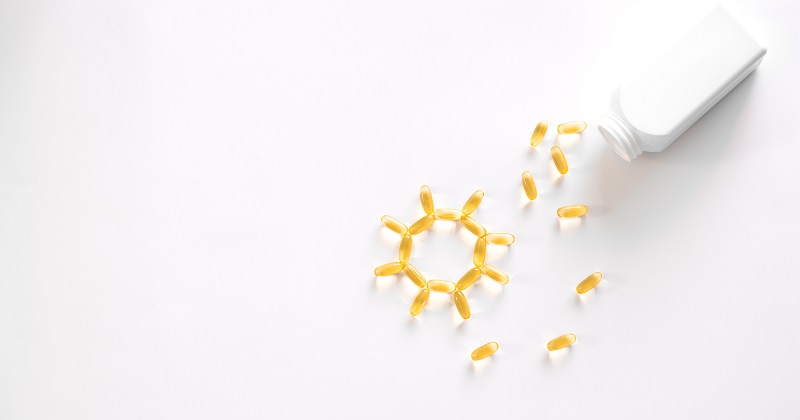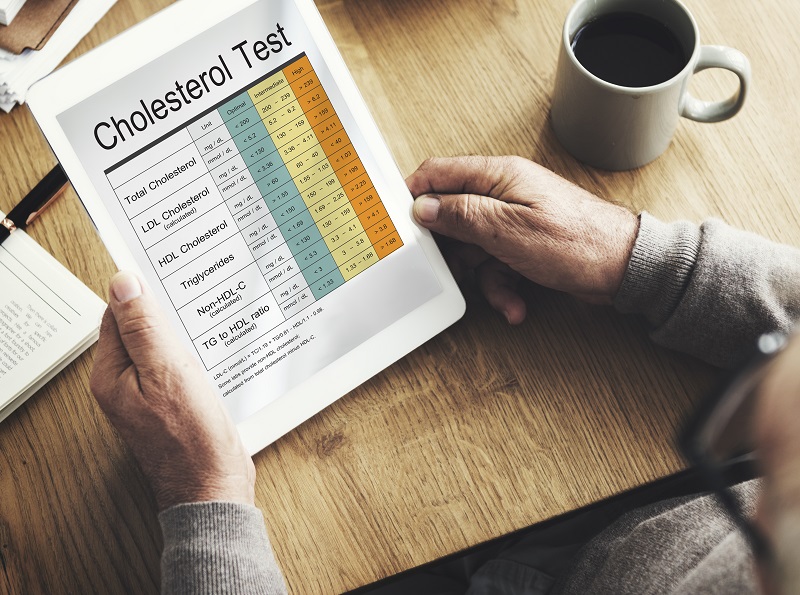The Buyt Desk
Scleroderma is a rare autoimmune, chronic disease. It replaces normal tissues with thick extra collagen tissues. Along with skin and connective tissue, it also affects internal organs.
Scleroderma is a long-lasting disease that affects nearly 250 people per million world population. Usually, people between the ages of 35 and 55 develop this autoimmune disease. Rarely even kids develop the pediatric form of the disease and very few develop it during teens. Women are four times more vulnerable to Scleroderma than men.
What is Scleroderma?
Scleroderma is a rare but chronic disease which replaces normal tissue with thick and dense fibrous tissue with extra collagen. This is an autoimmune disease where the immune system fights its own cells thinking it to be a foreign body. As a defence mechanism, the immune system of scleroderma patients triggers most of the cells to produce extra collagen. Collagen is a protein produced by our body. This extra collagen starts depositing in the skin and other internal organs causing hardening and thickening of skin and walls. Gradually even the walls of the gastrointestinal tract, lungs, heart, blood vessels and kidneys start to thicken which affects their functioning. It even affects muscles and joint functioning. The severe form of the disease is life-threatening.
Signs of Scleroderma
-
Cardiovascular system – Raynaud’s phenomenon, palpitations, irregular heart rate and fainting, hypertension, congestive heart failure
-
Digestive – gastro esophageal reflux disease, indigestion, bloating, loss of appetite, sicca syndrome, Difficulty swallowing, diarrhoea alternating with constipation, loosening of teeth, hoarseness
-
Pulmonary – progressive deterioration in breathing, shortness of breath, chest pain and dry, persistent cough
-
Musculoskeletal – joint and muscle aches, muscle weakness, carpal tunnel syndrome, loss of joint range of motion
-
Genitourinary – dyspareunia, erectile dysfunction, kidney problems including kidney failure
-
Swelling of the hands and feet
-
Skin – Telangiectasias – Red spots on the skin, excessive calcium deposition in the skin, Tight facial skin like a mask, Hair loss
-
Joint contractures (rigidity)
-
Ulcerations on the fingertips and toes
-
Weight loss
-
Fatigue
Diagnosis of Scleroderma
Symmetrical skin thickening is the first sign to look for when diagnosing. Usually, 70% of patients also exhibit Raynaud’s phenomenon. Changes in nail-fold capillary and antinuclear antibodies can be seen. There is no single test that determines Scleroderma. Some patients might even experience systemic organ involvement. So diagnosis by exclusion is followed. Pathology tests in the lab can show the presence of antibodies which will help to arrive at a conclusion.
Causes of Scleroderma
The cause of the occurrence of Scleroderma is not yet known. But in a few cases, it can be said that it runs in the family. And it is not contagious but can be inherited through genes.
Types of Scleroderma
Localized and Systemic are two types of Scleroderma and Systemic scleroderma can be classified into diffuse and limited Scleroderma.
-
Localized scleroderma – It is a common form found in most cases where only the patient’s skin is affected in just localized places. It is less severe and can stop progressing without medicine.
-
Diffuse scleroderma – This form of the disease affects multiple parts of the body including the skin, and internal organs while hampering digestive, kidney and respiratory functions. As it progresses it can be life-threatening.
-
Limited scleroderma – This form is also known as CREST syndrome. This is an acronym for
-
Calcinosis – irregular calcium deposits in the skin
-
Raynaud’s phenomenon
-
Esophageal dysmotility – difficulty swallowing
-
Sclerodactyly – skin tightening on the fingers
-
Telangiectasias- red spots on the skin
Treatment for scleroderma
A cure for scleroderma is not yet found. The treatment is for the symptoms to keep them in control. This include –
-
Skin treatments – Topical medication, moisturizers, and nitrates to heal sores by dilating arteries
-
Digestive system treatments – Medication for heartburn, antacids and antihistamine
-
Lung issues treatment – Medication for pulmonary fibrosis and pulmonary hypertension. For severe lung disease and pulmonary hypertension, a viable option is a lung transplant.
-
Joint treatment – Anti-inflammatory medications and physiotherapy if needed
-
Raynaud’s phenomenon treatment – Medications like vasodilators, nitroglycerine patches, sildenafil and alpha-blockers can be prescribed. Medication for digital ulcers includes a prolonged course of antibiotics.
-
Sjögren’s syndrome treatment – Eye drops for dry eyes. Chewing gums for dry mouth. In severe cases, saliva production simulator drugs can be prescribed.
-
Kidney treatment – In severe cases, drugs like Angiotensin Converting Enzyme (ACE) inhibitors are prescribed. Dialysis is the final resort.







